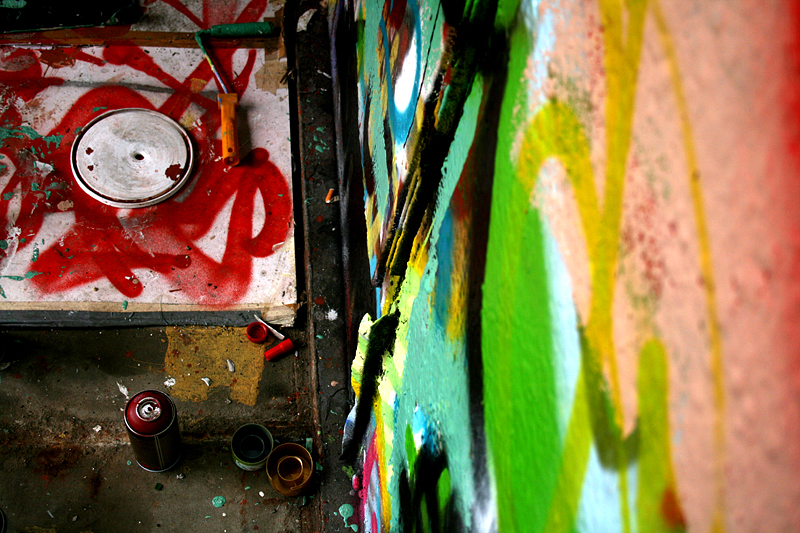Creativity for Social Change

Creativity for social change includes non-linear thought processes when rigidity is not conducive to resolution, change or positivity. Creativity also broadens one’s audience and allows one’s message to further spread across time, space and culture.
There has long been a connection to creativity and social change, for artists and creative thinkers have employed countless songs, paintings and other visual arts in the name of activism in order to raise awareness of oppression, inequalities and injustice. Technology has furthered the prominence of creativity in social activism, through video installations, movies, short video clips and the infinite possibility to share links.
Creativity allows for a proliferation of education. Audiences affected by poverty, narcotics and violence are able to be accessed through creative avenues. Engaging the youth in the arts can both transform individual lives while creating a new generation who may go on to produce important works that raise awareness of the issues they feel passionate about. Art is able to act as a tool for therapy, for reconciliation is vital for social change, conflict prevention and fomenting a positive future. Creativity encourages communication and self-expression, and these factors are invaluable in an attempt to foster social change.
Creativity acts as a natural conduit to create interest, and creative thinkers and artists have power in organizing civic engagement and activists for a common cause. Creative leaders are able to inspire the people, particularly the youth, and are able to mobilize communities. Creative leaders are necessary for social change, for they are able to challenge the status quo while engaged in productive dialogue. Creative leaders articulate clear ideas, take courageous risks, focus on a positive future, generate alternative solutions and most importantly, are adaptable to changing environments.
Organizations, such as ArtCorp, believe that every person has the capacity for creativity. It adheres to the idea that a message is much more effective if the audience is involved; it believes in the power of human beings to overcome problems through communication and collaboration; that art is a crucial leverage tool for creative thinking, critical analysis and generative solutions; and that art and culture affect change by accessing all of the senses and speaking to multiple types of intelligence.
The act of art and creativity ultimately inspires action and reaction. The Art of Dismantling offers, “Visual art forms can transcend all barriers and stimulate a lasting emotional response. As long as oppression, inequalities and injustice exist in the world, art and artists will have a role, even a responsibility, to make a positive change to people’s lives; whether on a global or individual level.”
– Neti Gupta
Sources: ArtCorp, Creative Social Change, The Heart of Dismantling
Photo: Flickr
